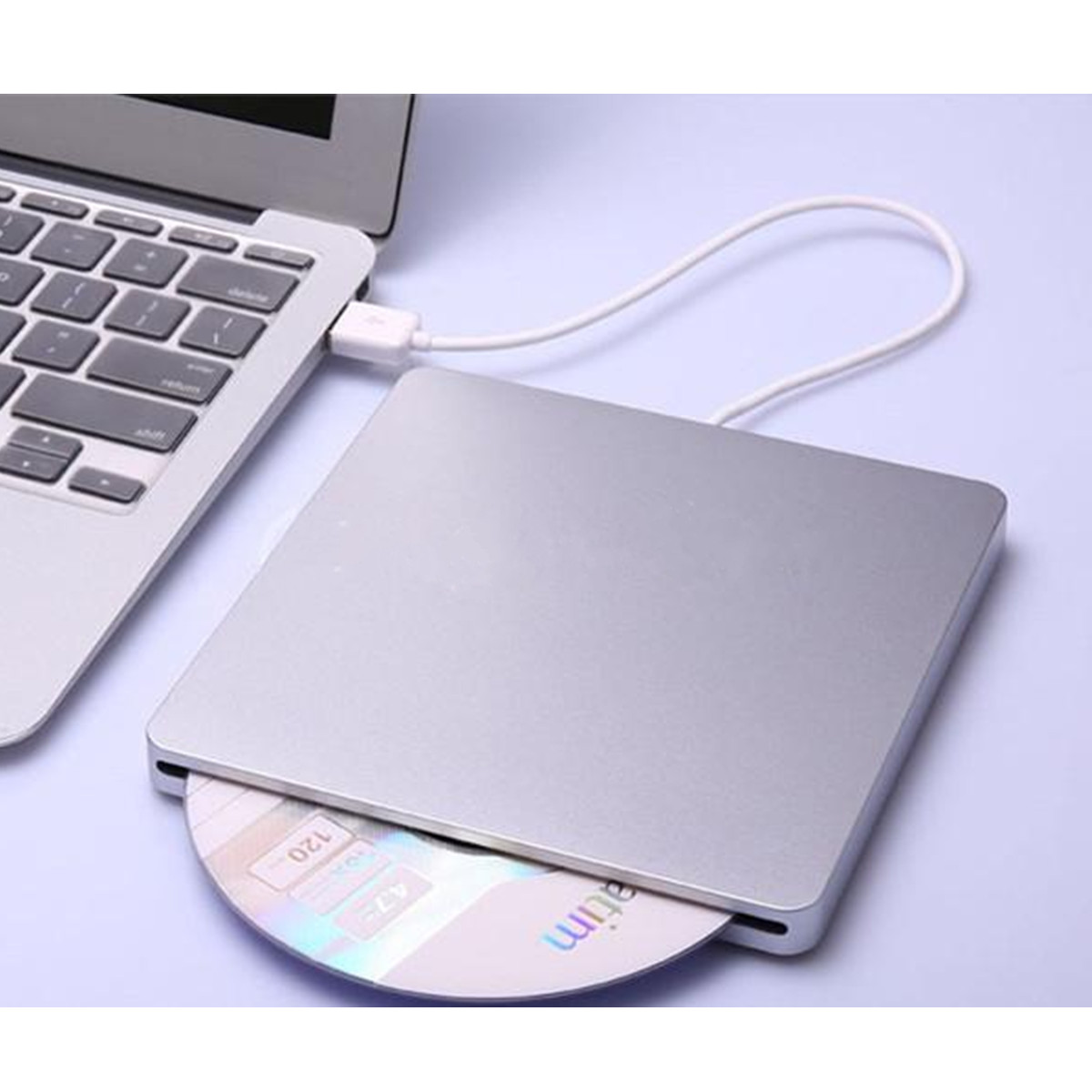

- #USING APPLE CD DRIVE MOVIE#
- #USING APPLE CD DRIVE WINDOWS 10#
- #USING APPLE CD DRIVE PASSWORD#
- #USING APPLE CD DRIVE MAC#
However, you can always buy a USB hub (they are pretty cheap) to increase the number of your USB ports.Īlso, if you plan to use a third-party external USB optical drive, you might want to make sure it is compatible with your system, because not all of them were designed to work with Mac computers. You might want to be careful when opting for an external drive as it will use one of your USB ports, which can be quite inconvenient if your Mac only has a couple of them and you will have to unplug one of you peripherals. With this method, you no longer need to rely solely on iTunes or the App Store to gain access to music, movies and other media. As you might already know, these devices connect to your Mac via a USB port and their prices vary from around $25 to $79 for Apple's famous USB SuperDrive which is capable of both reading and writing CDs and DVDs (sadly, it doesn't support Blu-Ray). One of the ways to work around the lack of an optical drive on your Mac is using an external USB device. So, a question that many Mac users ask themselves is if there is any chance of accessing the contents of their optical discs from a Mac without a built-in optical drive? If that is the case for you, then you might want to keep reading this guide, as I will show you some methods that may help you resolve the issue. If you are a proud owner of MacBook Air (or other slim Macs like the newer versions of the iMac), you might have noticed the lack of an optical drive, which can, sometimes, prove to be a bit inconvenient, as you can't freely use your CDs, DVDs or Blu-Ray discs.

#USING APPLE CD DRIVE MOVIE#
However, you might need to use optical discs on your Mac from time to time and, having the possibility to do so may be very helpful (for example, if you want rip an audio CD that you bought or to watch a movie stored on a DVD or a Blu-Ray disc without having a dedicated player). Nowadays, many users prefer storing their important files on USB flash drives, rather than on optical discs (CDs, DVDs, Blu-Ray discs), mostly due to the thumb drives' storage capacities, the possibility to easily rewrite them and, why not, their small size. Before you modify it, back up the registry for restoration in case problems occur.How To Use Optical Discs on a Mac Without Optical Drive Serious problems might occur if you modify the registry incorrectly. Important: Follow the steps in this method carefully. The issues fixed by this method shouldn’t occur in Windor later.
#USING APPLE CD DRIVE WINDOWS 10#
This method should be used on Windows 7, Windows 8 or 8.1, or Windows 10 version 1507. To verify that you are signed in as an administrator, bring up the Control Panel, select User Accounts, and then choose Manage User Accounts. To use this method, you must be logged on to Windows as an administrator. Type 1 in the Value data box, and then select OK. Right-click Controller0, point to New, and then select DWORD(32-bit) Value. Right-click atapi, point to New, then select Key. HKEY_LOCAL_MACHINE\SYSTEM\CurrentControlSet\Services\atapi In the navigation pane, locate the following registry subkey:
#USING APPLE CD DRIVE PASSWORD#
If you are prompted for an administrator password or for a confirmation, type the password, or select Allow. Type regedit in the Run box, then press Enter. Press the Windows logo key + R to open the Run box. To create the registry subkey, follow these steps:

If your problem is not solved, try the next method. Check with the creator of the app to see if there is an updated version. If so, try uninstalling and reinstalling the affected app.

Before you modify it, back up the registry for restoration in case problems occur.Īfter trying this method, some apps, such as CD or DVD recording software, might not work correctly. To verify that you are signed in as an administrator, bring up the Control Panel, select User Accounts, and then choose Manage User Accounts.įollow the steps in this section carefully. Note: To use this method, you must be logged on to Windows as an administrator. Note If you do not see the LowerFilters registry entry, go to the next method. When you are prompted to confirm the deletion, select Yes. If you do not see the UpperFilters registry entry, you still might have to remove the LowerFilters registry entry. Note You may also see an UpperFilters.bak registry entry. HKEY_LOCAL_MACHINE\SYSTEM\CurrentControlSet\Control\Class\ In the navigation pane, locate and then select the following registry subkey: If you are prompted for an administrator password or for a confirmation, type the password, or select Allow Type regedit in the Run dialog box, then press Enter. Press the Windows logo key + R to open the Run dialog box. To use Registry Editor to delete the corrupted Registry entries, follow these steps: This problem may be caused by two Windows registry entries that have become corrupted.


 0 kommentar(er)
0 kommentar(er)
